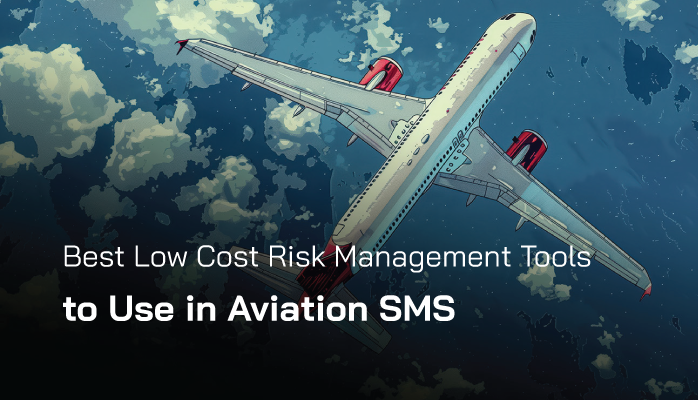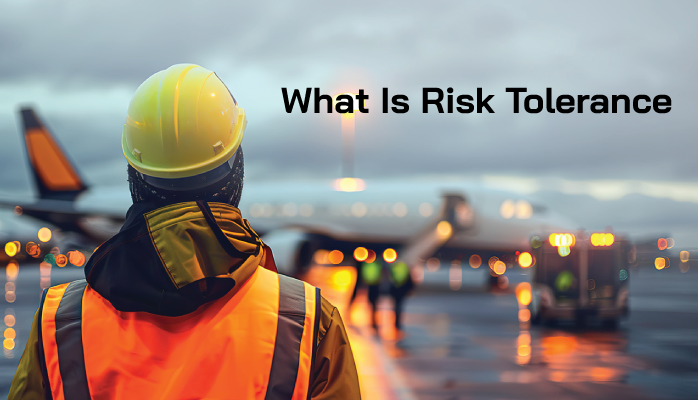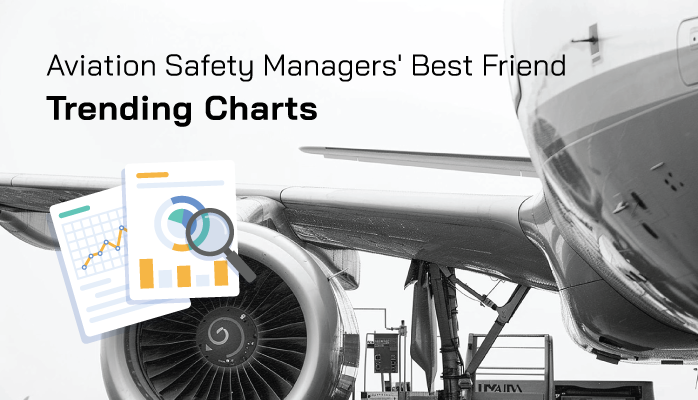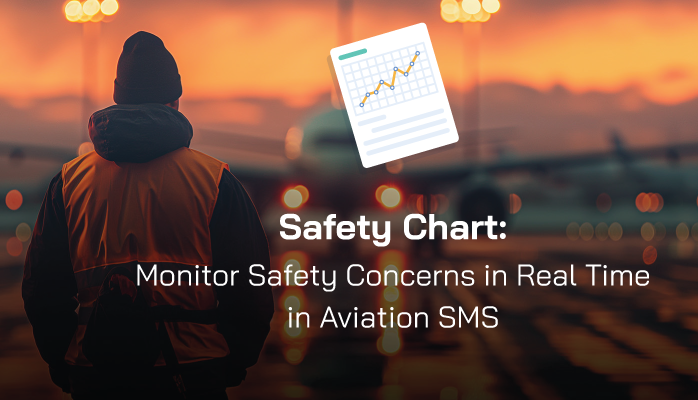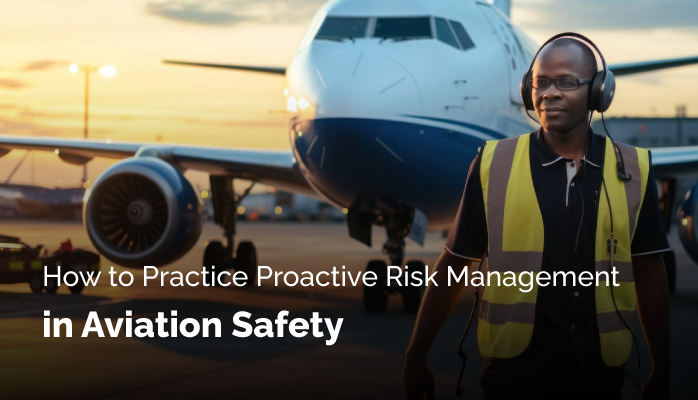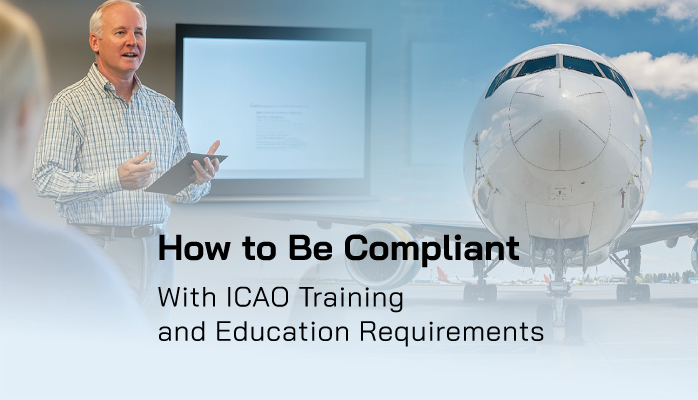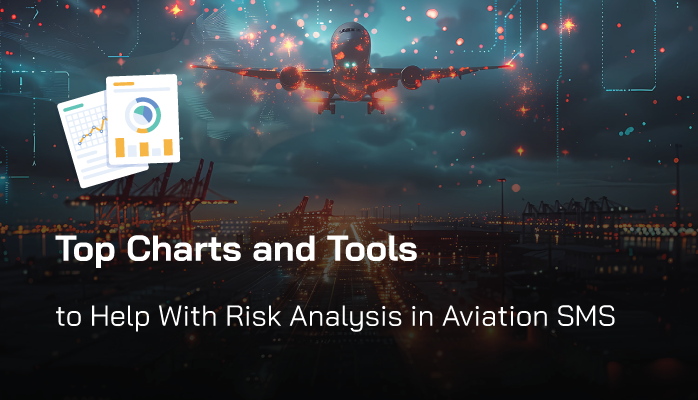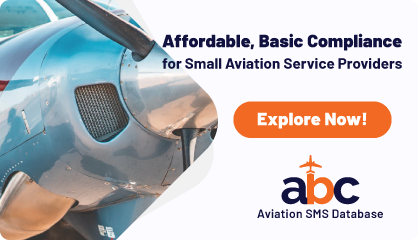Tyler Britton
350,000 words and counting on safety risk management concepts, guidance, tools, and best practices.
What Are Risk Management Tools
Risk management tools in aviation SMS is simply a vague term that refers to resources that can help you manage risk. Often, the most beneficial resources tend to be simple, inexpensive, and helpful for both providing guidance and helping you organize your time.
Read More
Topics:
2-Safety Risk Management,
Quality-Safety Management
Definition of Risk Tolerance
Risk tolerance is simply how much risk you are willing to accept. High-risk tolerance is generally not a good idea because it means that you are willing to “tolerate” or “accept” a high degree of risk for performing tasks.
Read More
Topics:
3-Safety Assurance
Hazards Are Dynamic
Aviation safety management systems (SMS) have the objective to:
- proactively manage safety,
- identify potential hazards,
- determine risk, and
Read More
What Is Fatigue Risk Management
Fatigue is one of the most important factors in overall operational safety. It’s so important that most aviation safety management systems adopt additional and specific measures to combat fatigue. Fatigue risk management includes:
- Fatigue monitoring;
- Fatigue controls;
- Fatigue data gathering; and
Read More
Topics:
Aviation SMS Implementation,
2-Safety Risk Management
What Is Cybersecurity
The aviation industry relies heavily on computers for every touchpoint of aviation service, from ground to flight operations. Cybersecurity is a term that refers to the safety of such computer systems – it is also called info-security. If nefarious individuals were able to get access to some of your computer systems, they could pose a catastrophic threat to flight operations.
Read More
Topics:
1-Safety Policy,
Quality-Safety Management
Healthy for the Program, Healthy for the SMS Manager
Proactive aviation risk management is an organizational-wide effort towards identifying risk and mitigating hazards before an incident occurs.
For an aviation safety management system (SMS) to get to the point of proactive aviation safety, there will be considerable upfront work required.
Read More
Topics:
2-Safety Risk Management
Why This Aviation Safety Chart Is Important
Having "real-time" safety charts saves aviation safety managers, executives, and employees a lot of work and keeps them informed of the latest hazards and risks affecting aviation-centric operations.
Having access to real-time safety charts allows management to monitor your SMS program at a glance, rather than having to navigate through your software
Read More
Topics:
Risk Management Software
What Is Proactive Risk Management
Proactive risk management is often esteemed as the “best” type of risk management. This is because proactive risk management usually matures later in SMS implementation. Also, it involves identifying and stopping issues before they occur.
Read More
Topics:
2-Safety Risk Management,
Quality-Safety Management
ICAO Requirements for Training and Education
ICAO’s requirements for training and education are largely focused on ensuring that you train and document all employees in your organization on core SMS and safety information. It is specific in its guidance documentation that role-based training is important.
Read More
Topics:
4-Safety Promotion
Purpose of Risk Analysis
In aviation SMS, you analyze risk to break an issue down into individual, controllable parts. Based on your analysis, you can assess the safety issue, and understand both what actions need to be taken, and what safety factors need to be better controlled.
Read More
Topics:
3-Safety Assurance
